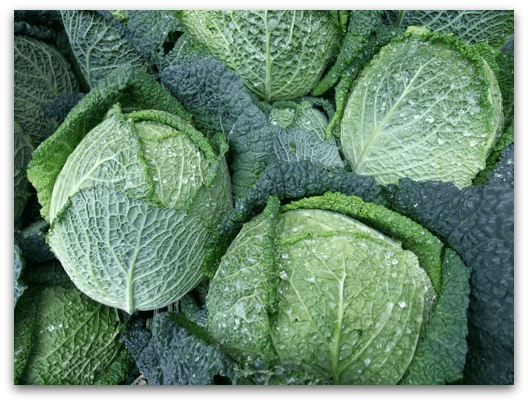 | ||
Cultivar group members 'Tundra''Winter King''Savoy King' Similar Cabbage, Kale, Brussels sprout, Kohlrabi, Red cabbage | ||
Growing savoy cabbage part 2 late bloomer episode 6
Savoy cabbage (Brassica oleracea var. sabauda L. or Brassica oleracea Savoy Cabbage Group), is a variety of the plant species Brassica oleracea. Savoy cabbage is a winter vegetable and one of several cabbage varieties.
Contents

It is thought to originate from England and The Netherlands. In the 18th century, it was introduced into Germany as "Savoyer Kohl". It is named after the Savoy Region in France. It is known as 'cavolo verza' in Italy.
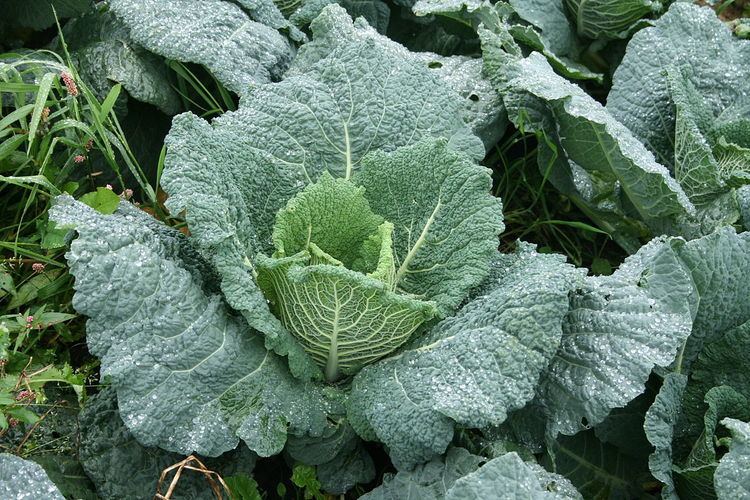
It has emerald green and crinkled leaves. The leaves are crunchy and tender.
Known cultivars include; 'Savoy King' (in the US), 'Tundra' (green with a fir round heart) and 'Winter King' (with dark crumpled leaves).
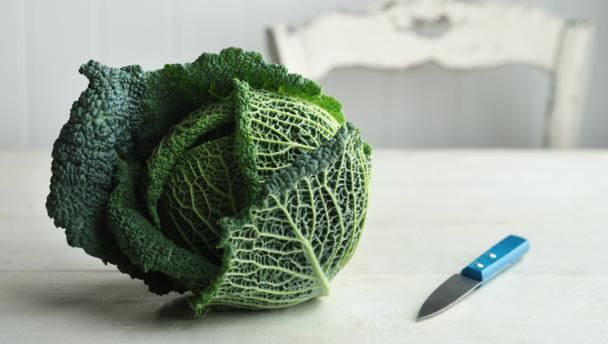
Buttered savoy cabbage
Uses
'Savoy' cabbage can be used in a variety of recipes including with juniper, and as borscht. It pairs well with red wine, apples, spices, horseradish and meat. It can be used for roulades, in stews and soups, as well as roasted plain and drizzled with olive oil. It can be used in preserved recipes like kimchi or sauerkraut.
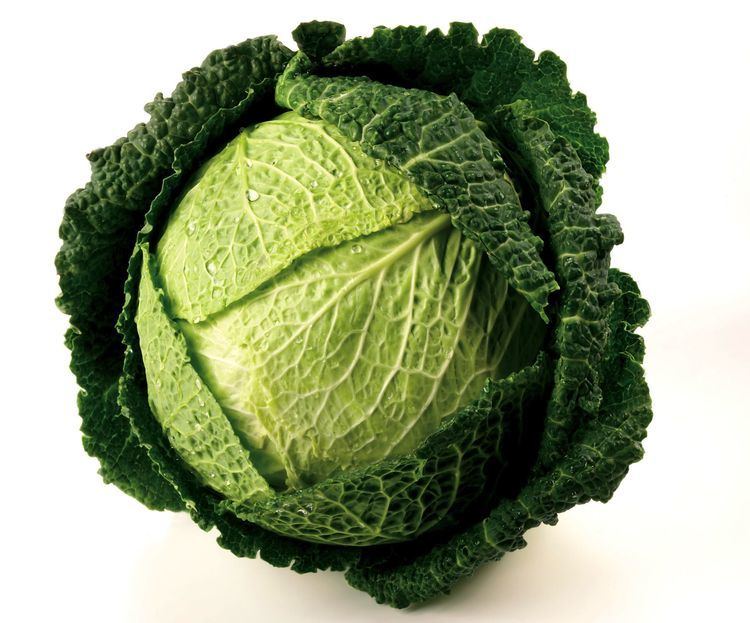
Cabbage that is heavy for its size with leaves that are unblemished and have a bright, fresh look are signs of desirable quality. Peak season for most cabbages runs from November through April in the Northern Hemisphere.
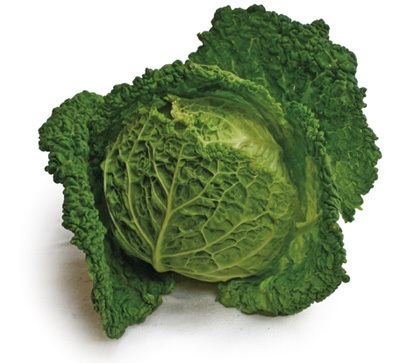
Fresh whole cabbage will keep in the refrigerator for one to six weeks depending on type and variety. Hard green, white or red cabbages will keep the longest while the looser 'Savoy' and Chinese varieties need to be consumed more quickly. It is necessary to keep the outer leaves intact without washing when storing since moisture hastens decay.
The cabbage provides fiber, vitamins A, C, K and B6, folate, potassium, manganese, thiamin, calcium, iron and magnesium.
It can be difficult to grow as they suffer from caterpillars, pigeons and club root disease. Although the plants are winter hardy and can tolerate the cold, frost and snow, they are best grown in full sun.
